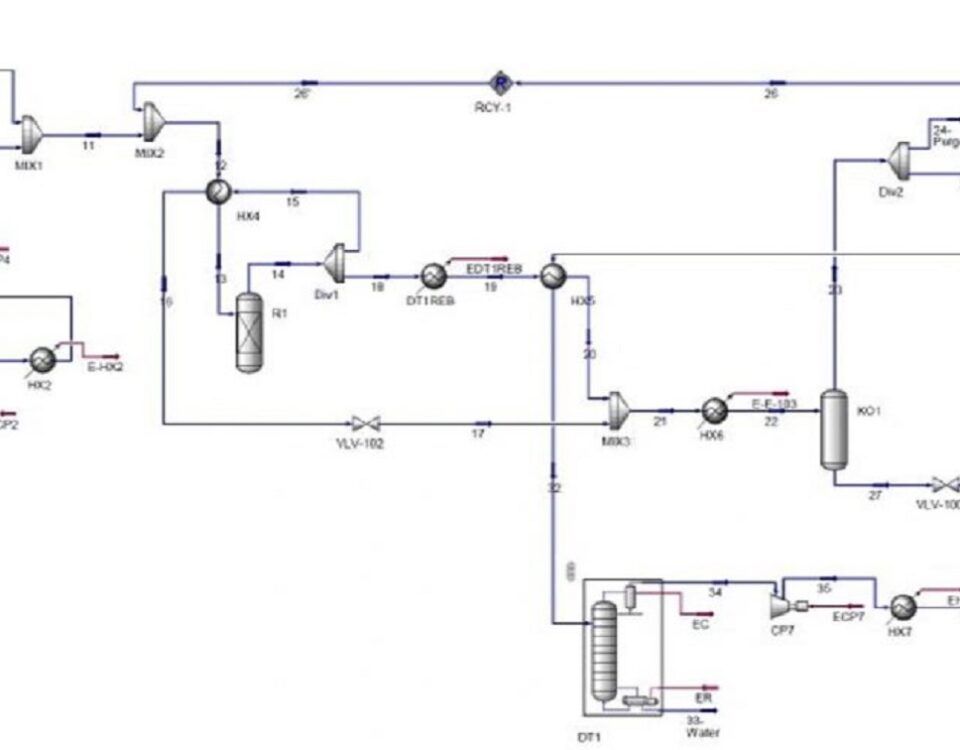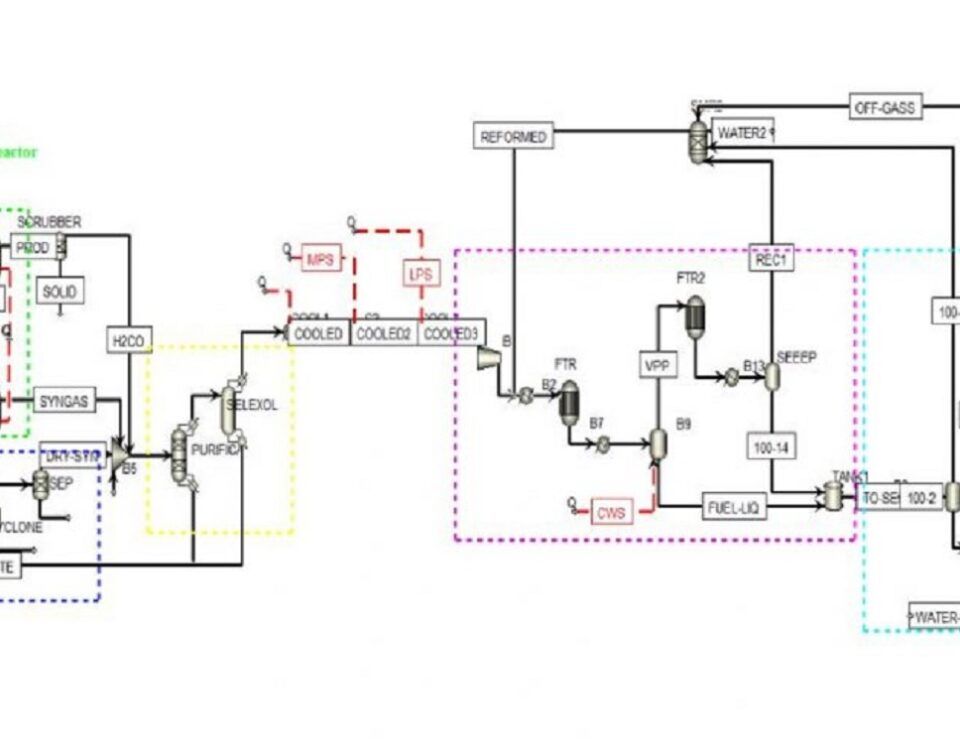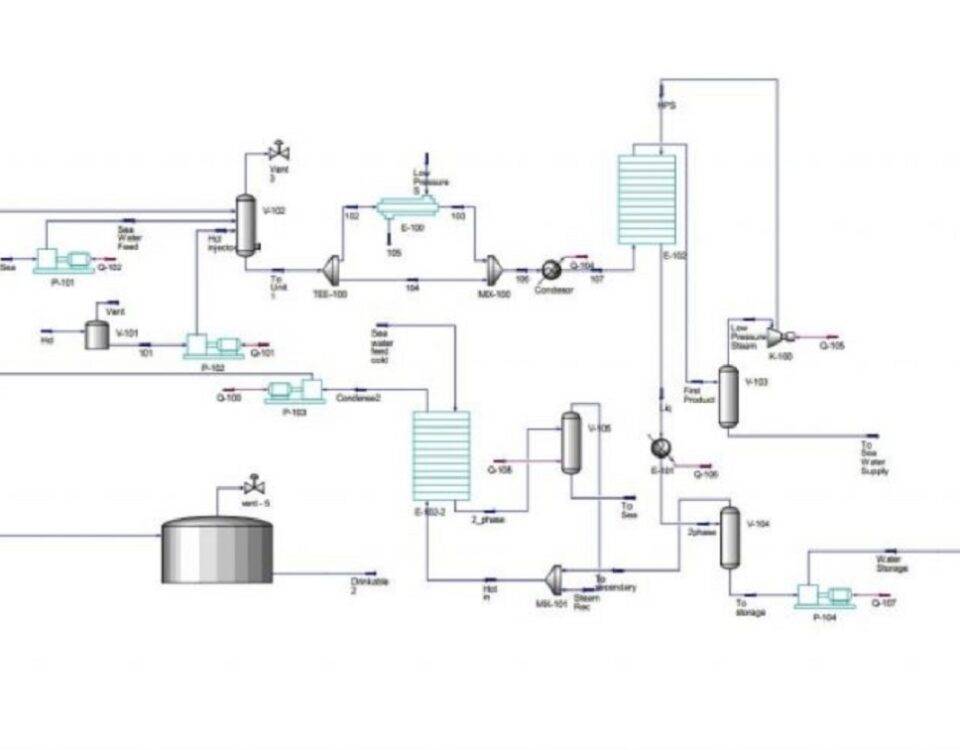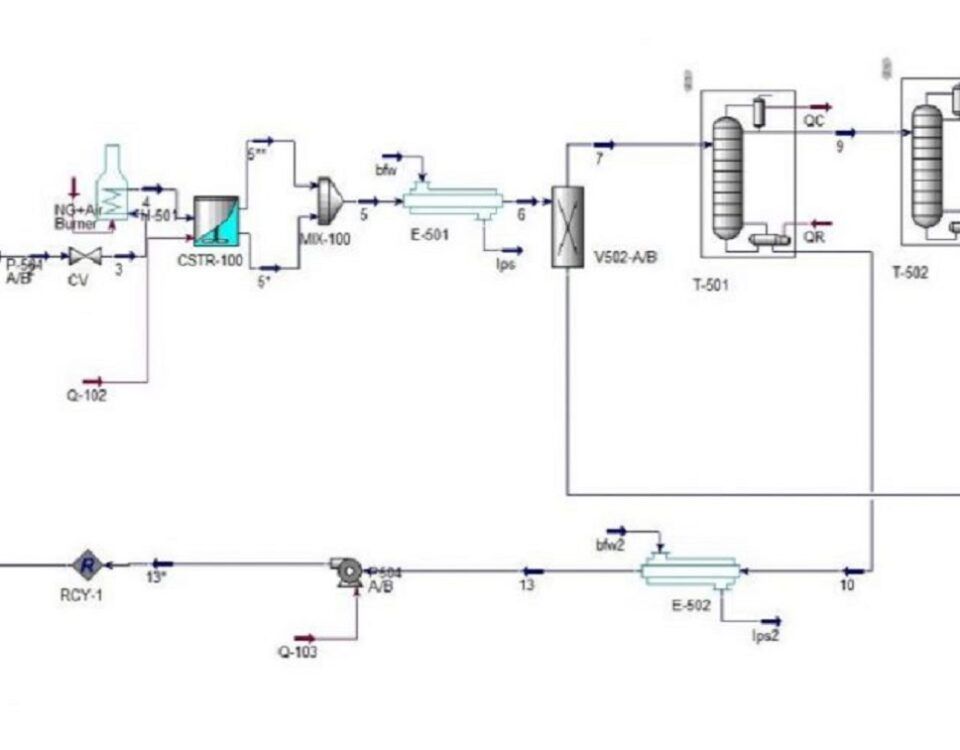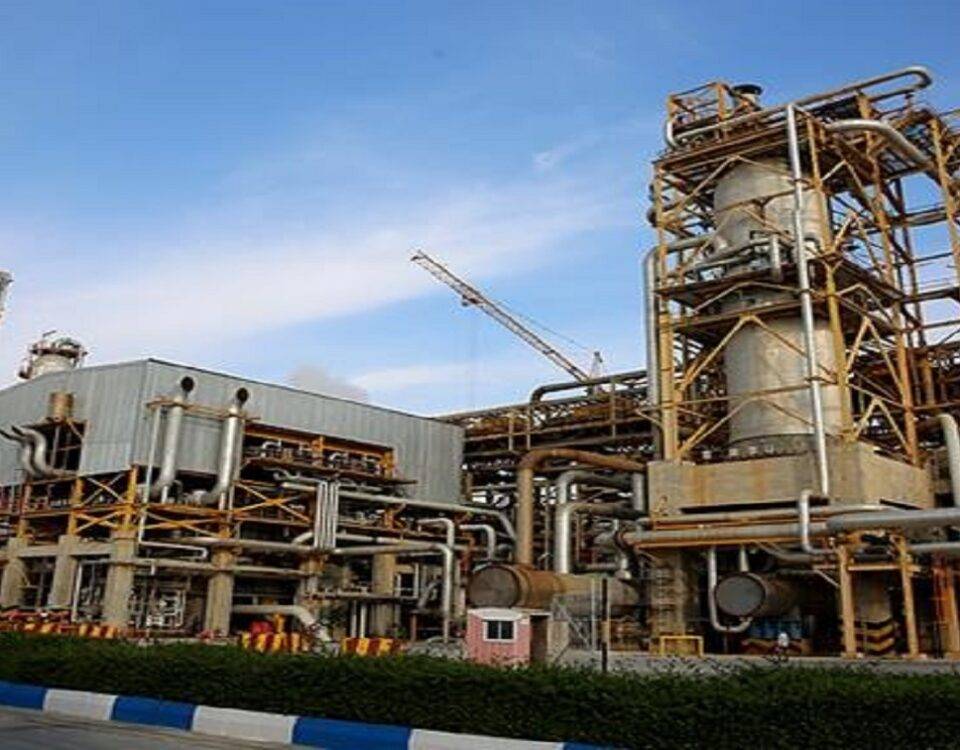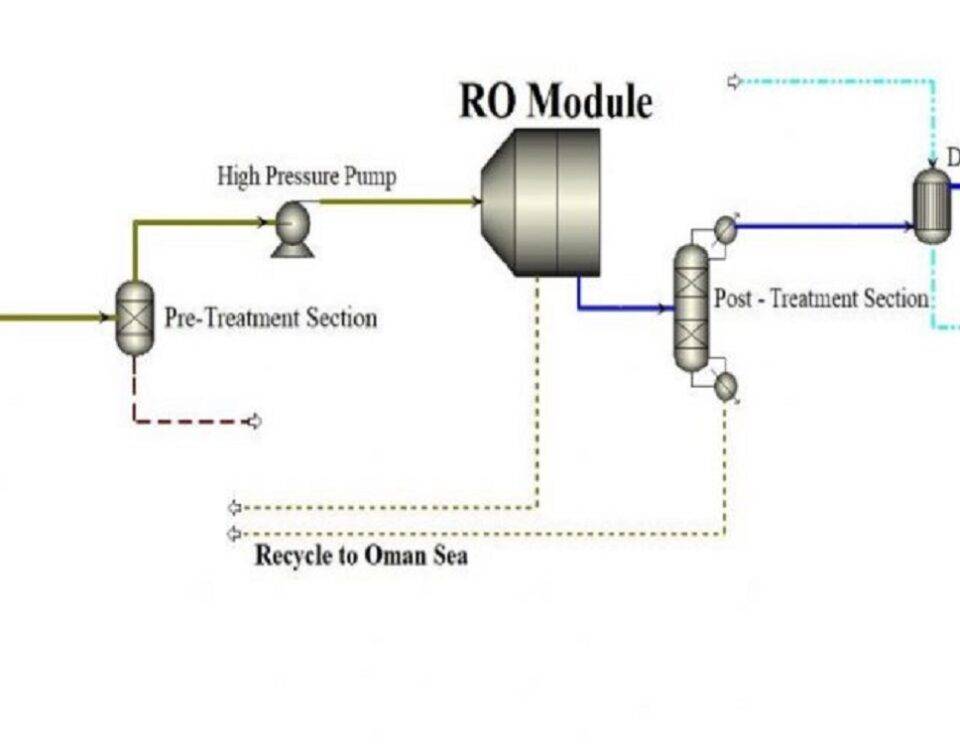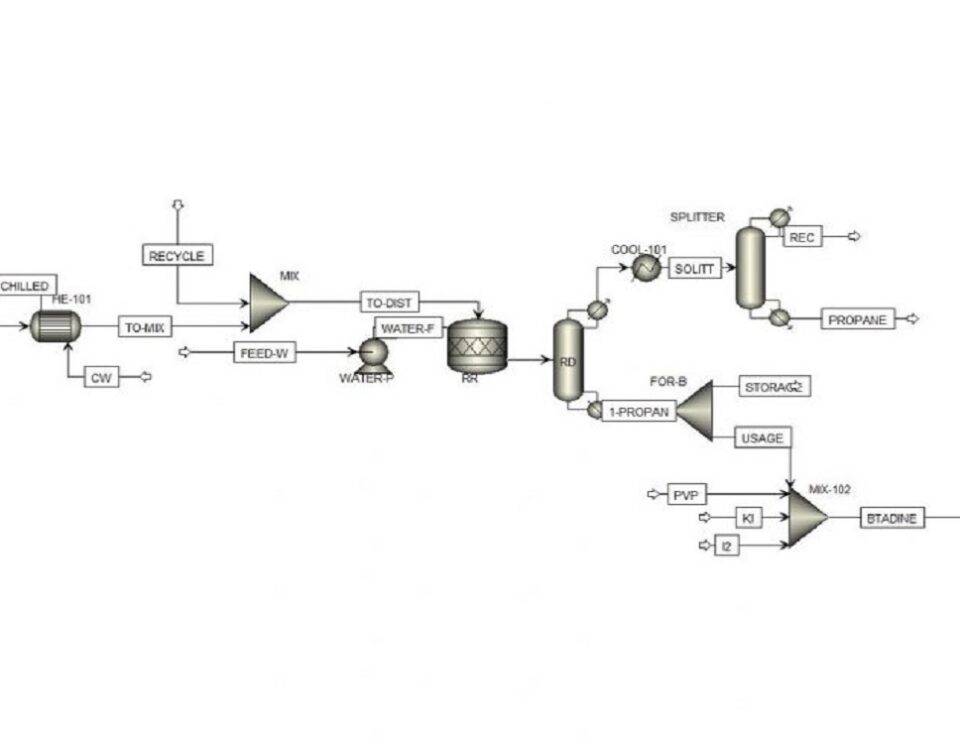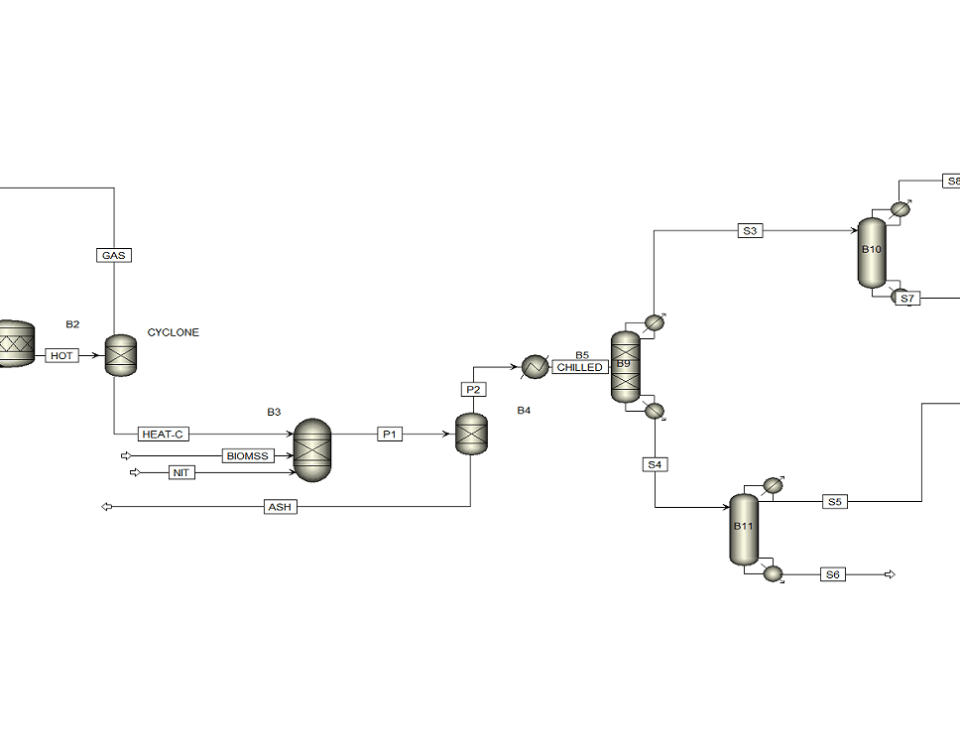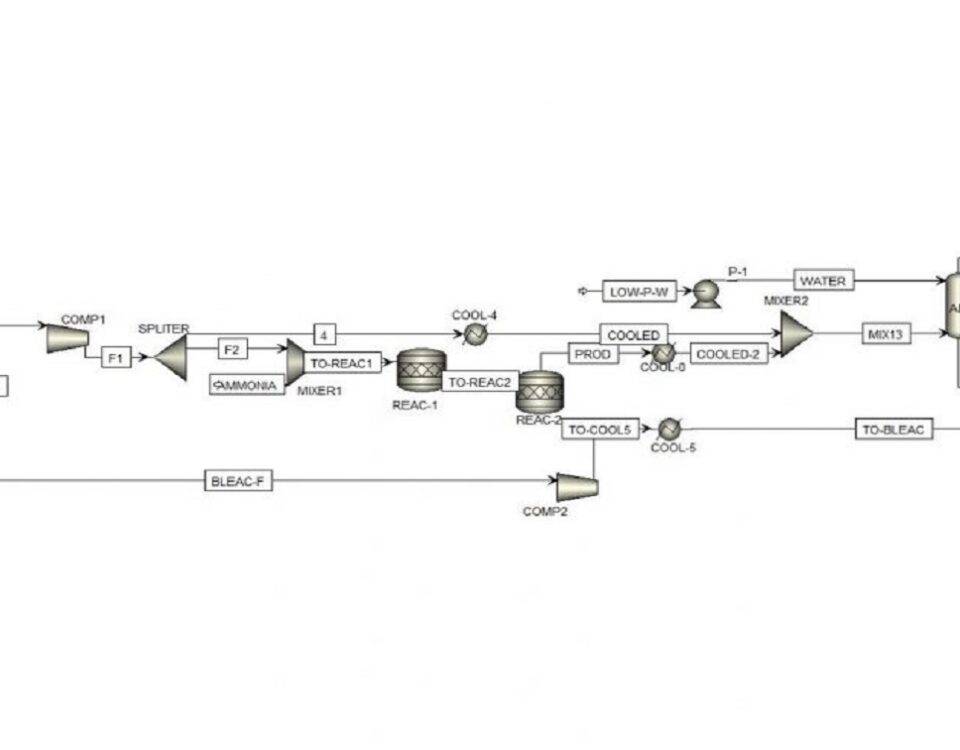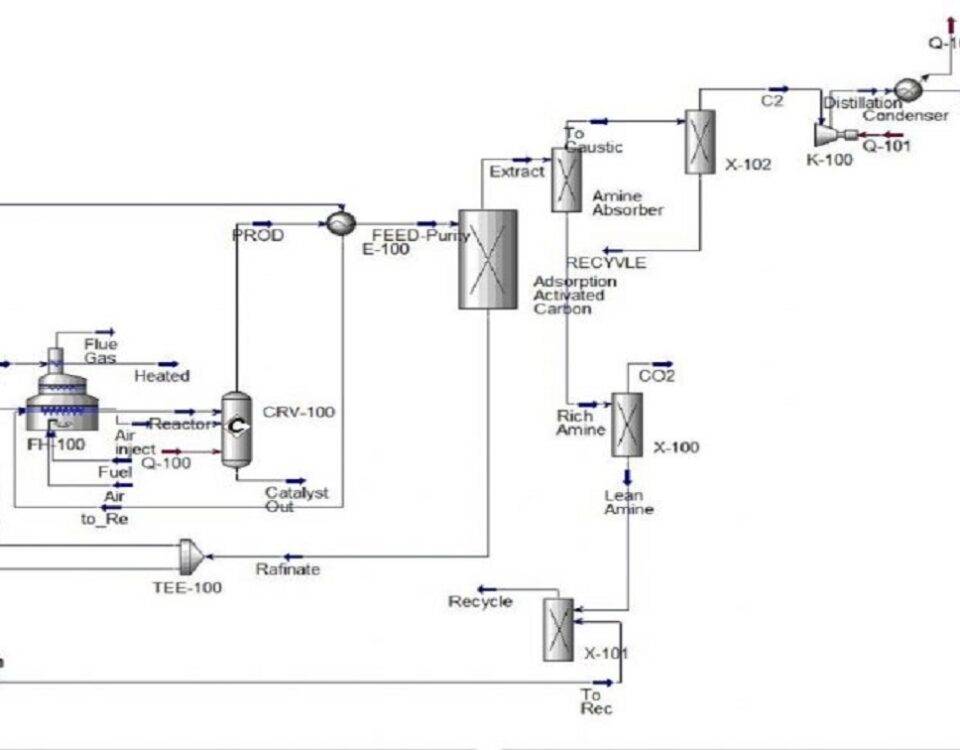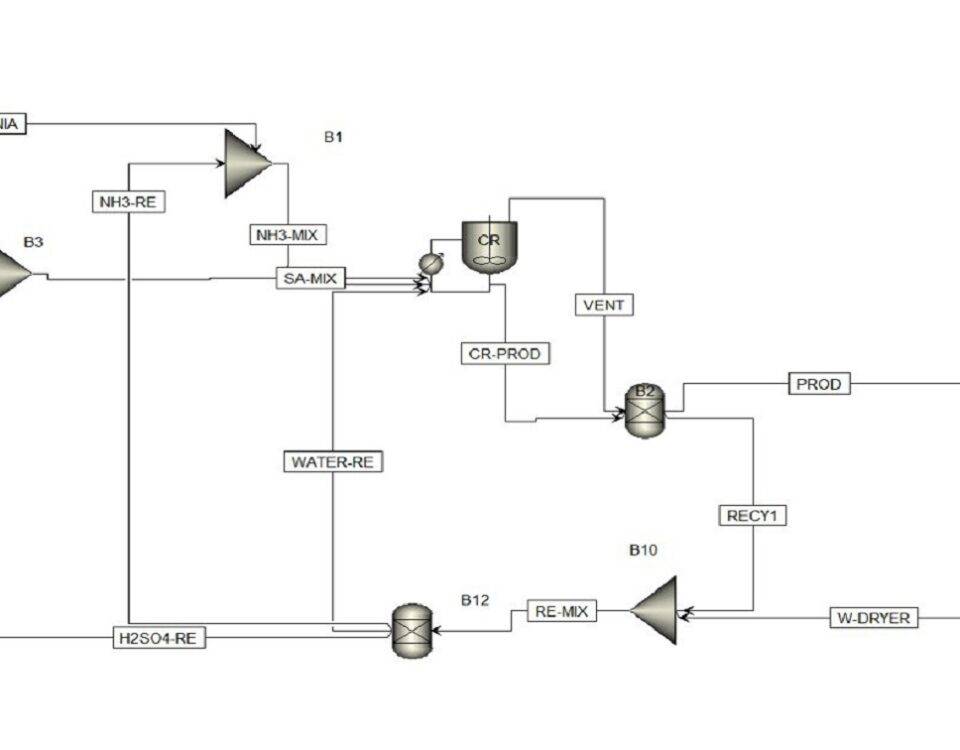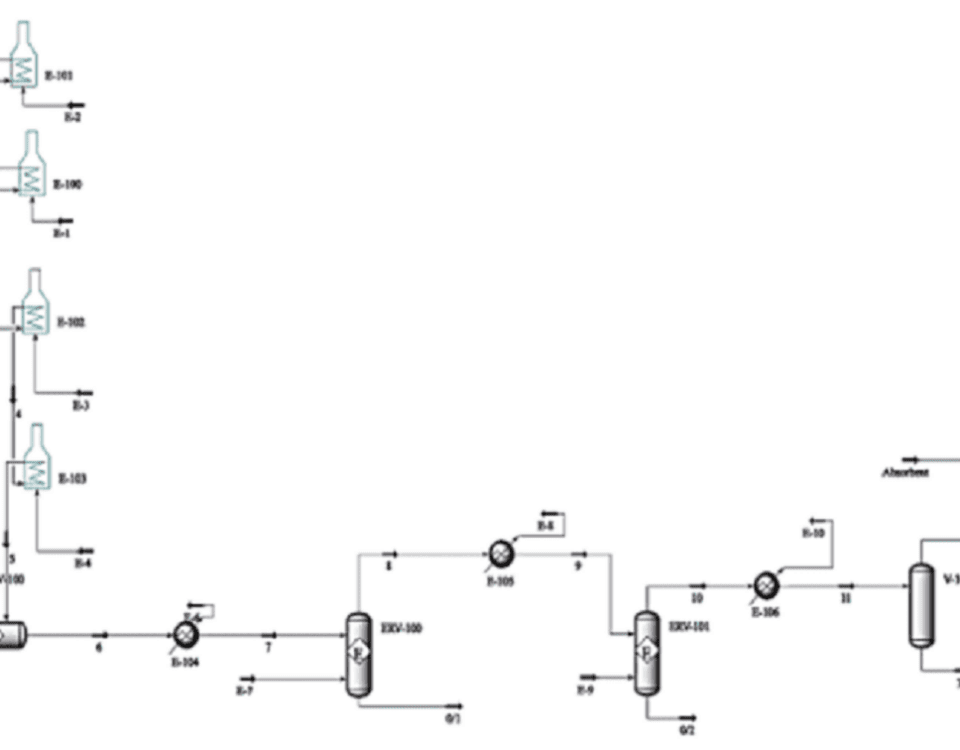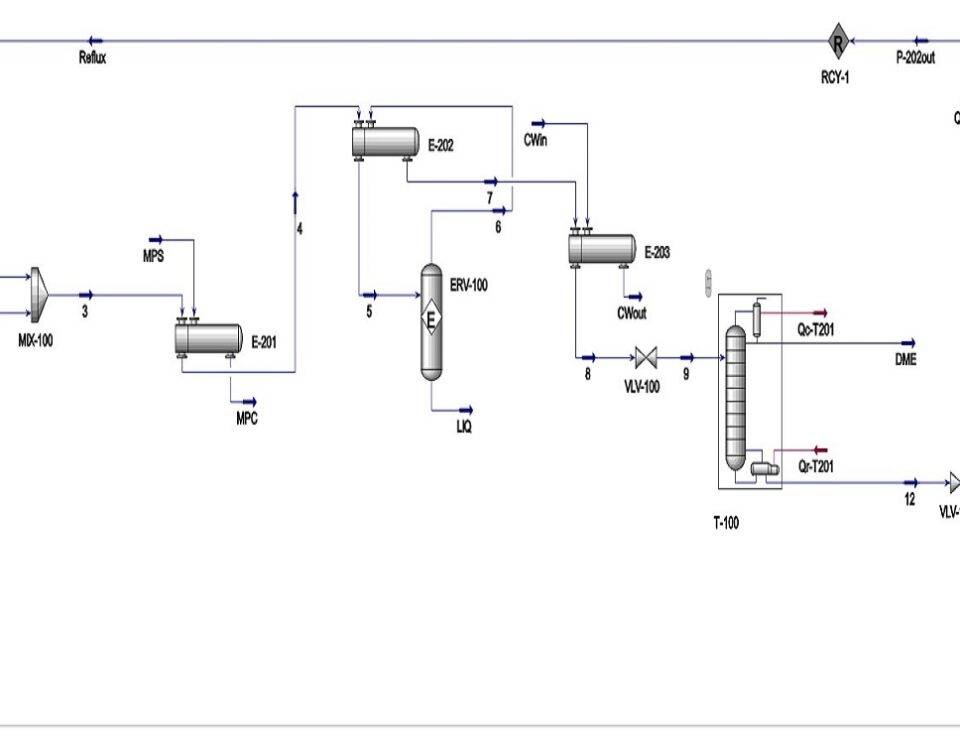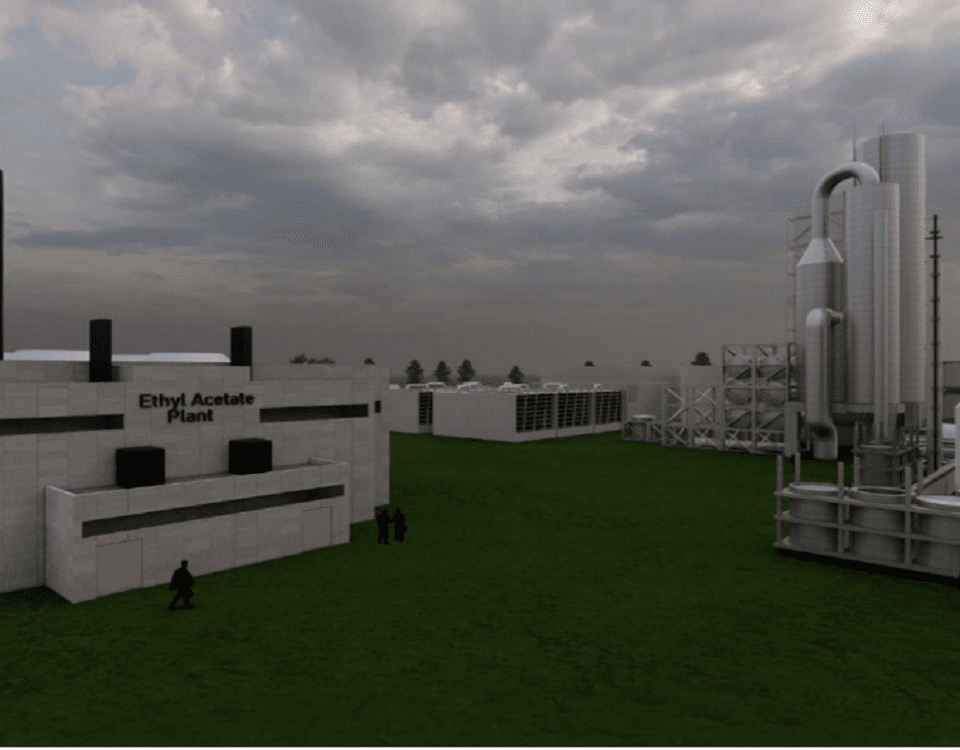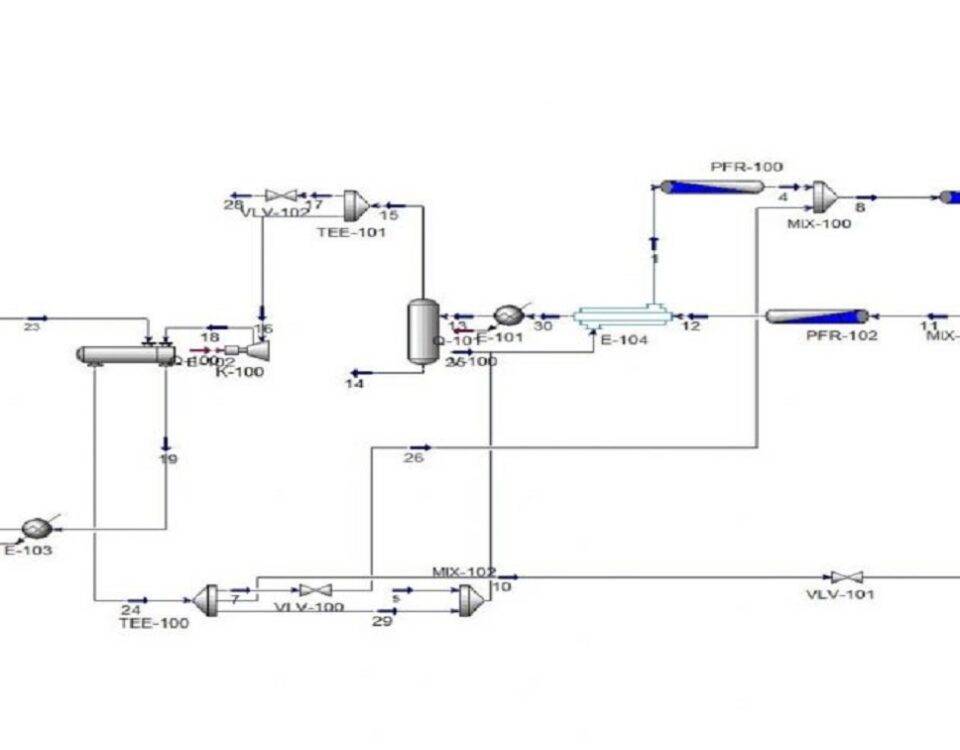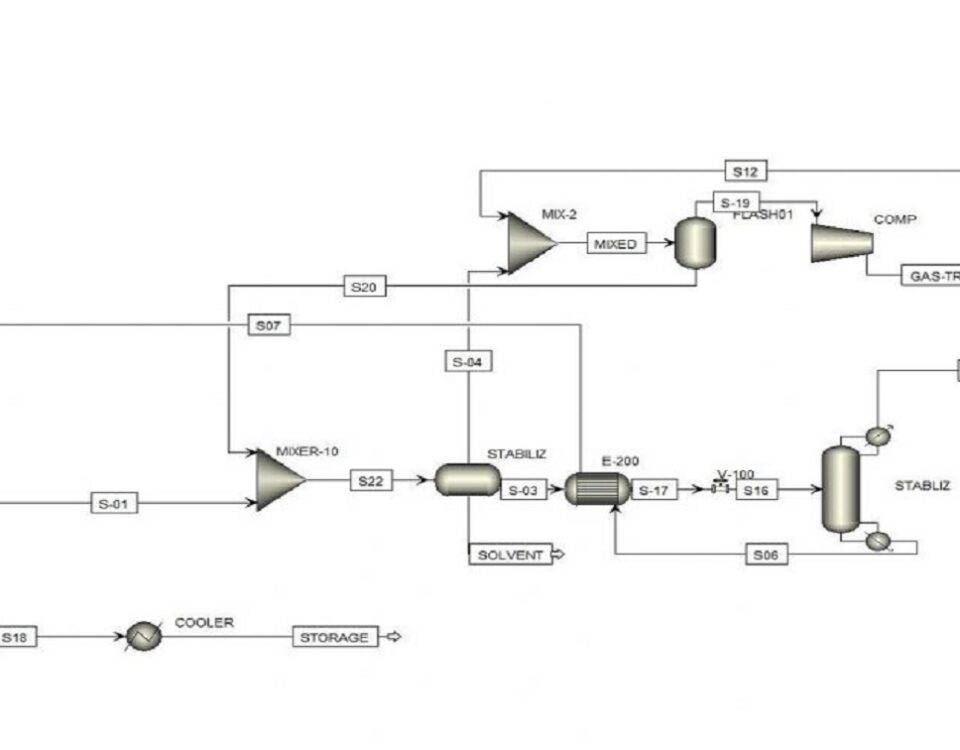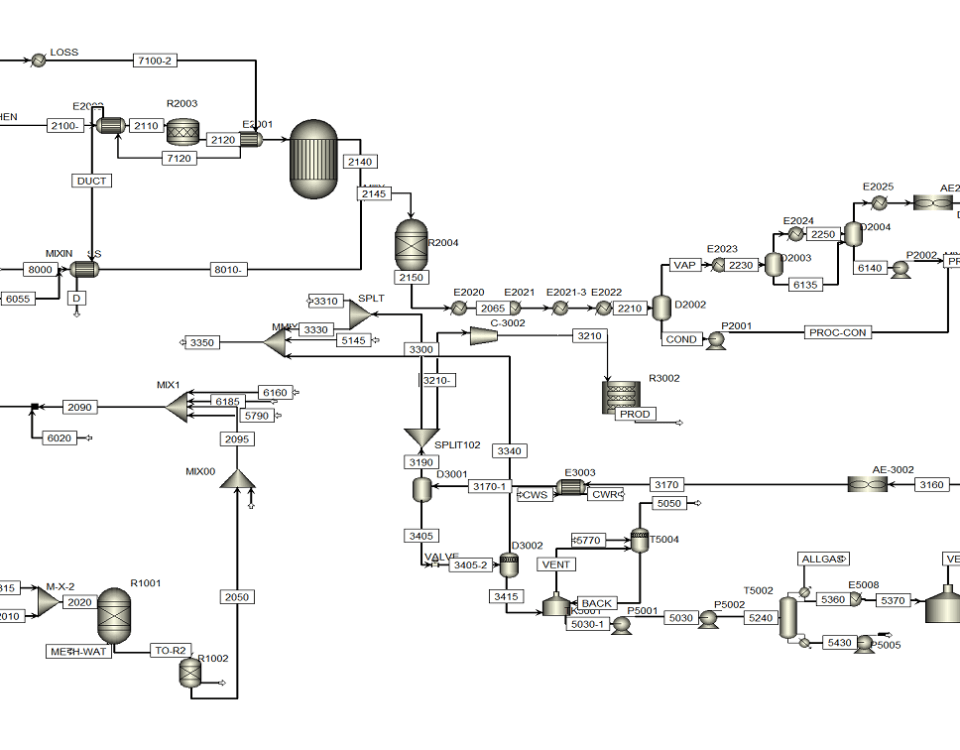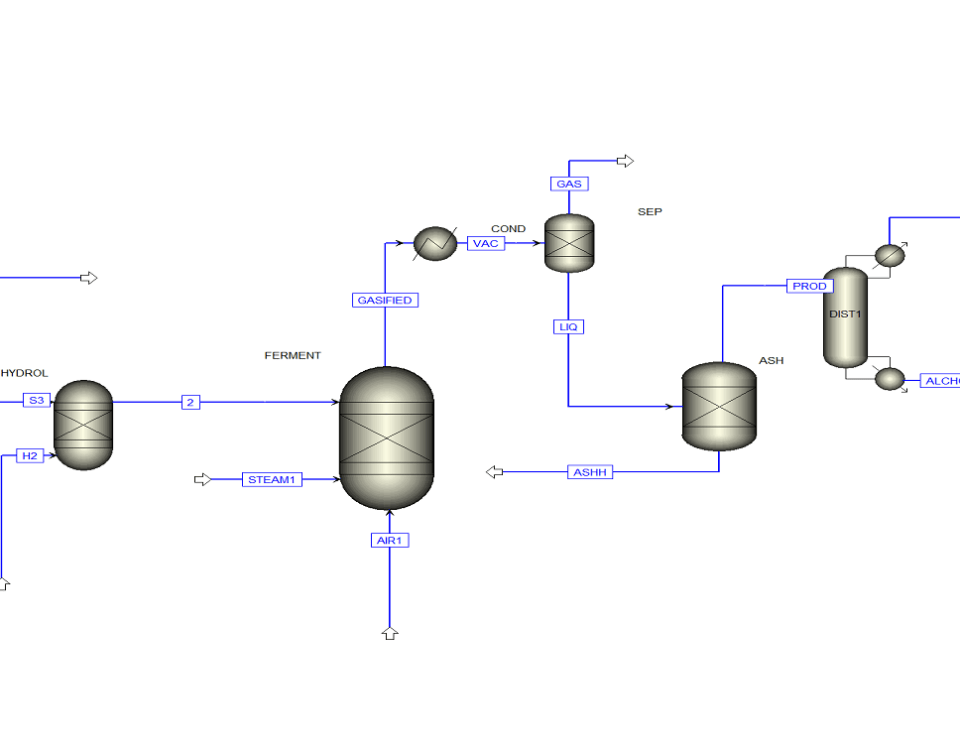![]()
- Introduction Methanol, a key intermediate in the chemical industry, has garnered significant attention due to its potential as an economical and versatile feedstock. Its production, primarily […]
- Introduction The Fischer-Tropsch process is a modern technology for converting gas to liquid (GTL) that produces liquid fuels from gaseous sources, including natural gas, coal, and […]
- Introduction Desalination is a process that removes salts and minerals from seawater to produce fresh water. This process is particularly important in regions with limited freshwater […]
- Drying Oil A drying oil is a type of oil that, when exposed to air, oxidizes and polymerizes to form a solid, tough film. This process […]
- Description Methanol is a colorless liquid, soluble in water and has a mild alcohol smell. Since 1800, this upstream product has been widely used to produce […]
- Introduction This study examines the feasibility of an ethylene glycol separation and purification unit with a capacity of 15 KTY. Two main scenarios are analyzed: the […]
- Introduction Fresh water is of particular importance as one of the vital resources for the growth and development of human societies, especially in areas with a […]
- Introduction Feasibility studies for the production of povidone-iodine (betadine) play a crucial role in assessing the viability of establishing a manufacturing facility for this widely used […]
- Description The need to know the most optimal process is one of the most important issues that is accepted by all designers in the world today. […]
- Introduction Bagasse, a fibrous byproduct of sugarcane processing, is derived from the residue left after sugarcane stalks are crushed to extract juice. This lignocellulosic material has […]
- Introduction Nitric acid is a strong acid with high oxidizing properties. When heated at atmospheric pressure, it boils at 78.2°C and begins to decompose, eventually forming […]
- Introduction Unlike traditional ethylene production processes that rely on steam cracking of naphtha, direct methane conversion technologies offer a promising alternative. However, these processes, which require […]
- Introduction Ammonium sulfate is a chemical compound formed by combining ammonia (an alkaline gas) and sulfuric acid (a strong acid). It typically appears as fine granules […]
- Introduction Fossil fuel resources worldwide are rapidly depleting while global energy consumption continues to rise. This has increased the need for alternative and new energy sources. […]
- Introduction Dimethyl ether (DME), the simplest aliphatic ether, is a colorless, ether-like odor, non-toxic, highly flammable gas that is soluble in water and alcohol. Also known […]
- Introduction The purpose of this project is to build a chemical plant that produces ethyl acetate which will be used as a solvent in synthetic fragrance […]
- Description An ammonia production unit is a crucial facility within the chemical industry, dedicated to producing ammonia (NH₃), a highly important and widely used chemical compound. […]
- Description The SHIRAZ Pet. Co. Methanol Unit, with a nominal capacity of 250 tons per day, is recognized as one of the primary methanol production facilities […]
- Introduction Liquefied natural gas or LNG is natural gas that is temporarily converted into a liquid state for storage or transportation in large volumes. Now, it […]
- Introduction The growing trend of the global economy, the increasing demand for energy, the critical role of oil and gas in the growth and development of […]
- Description Condensate Stabilization Unit Simulation: Gas condensate, separated from natural gas, contains volatile components such as methane, ethane, and others. Under suitable environmental conditions, these components […]
- Introduction In recent decades, rapid population growth and industrial development, coupled with rising living standards, have significantly increased the demand for energy resources. According to BP’s […]
- Introduction Pollution from gasoline and diesel engines in various industries and transportation represents the most significant environmental challenge facing humanity today. With the increasing global demand […]
- Introduction This report examines and simulates the process of compressing and transporting natural gas through a pipeline using Aspen HYSYS V11.0 software. The main objective of […]
